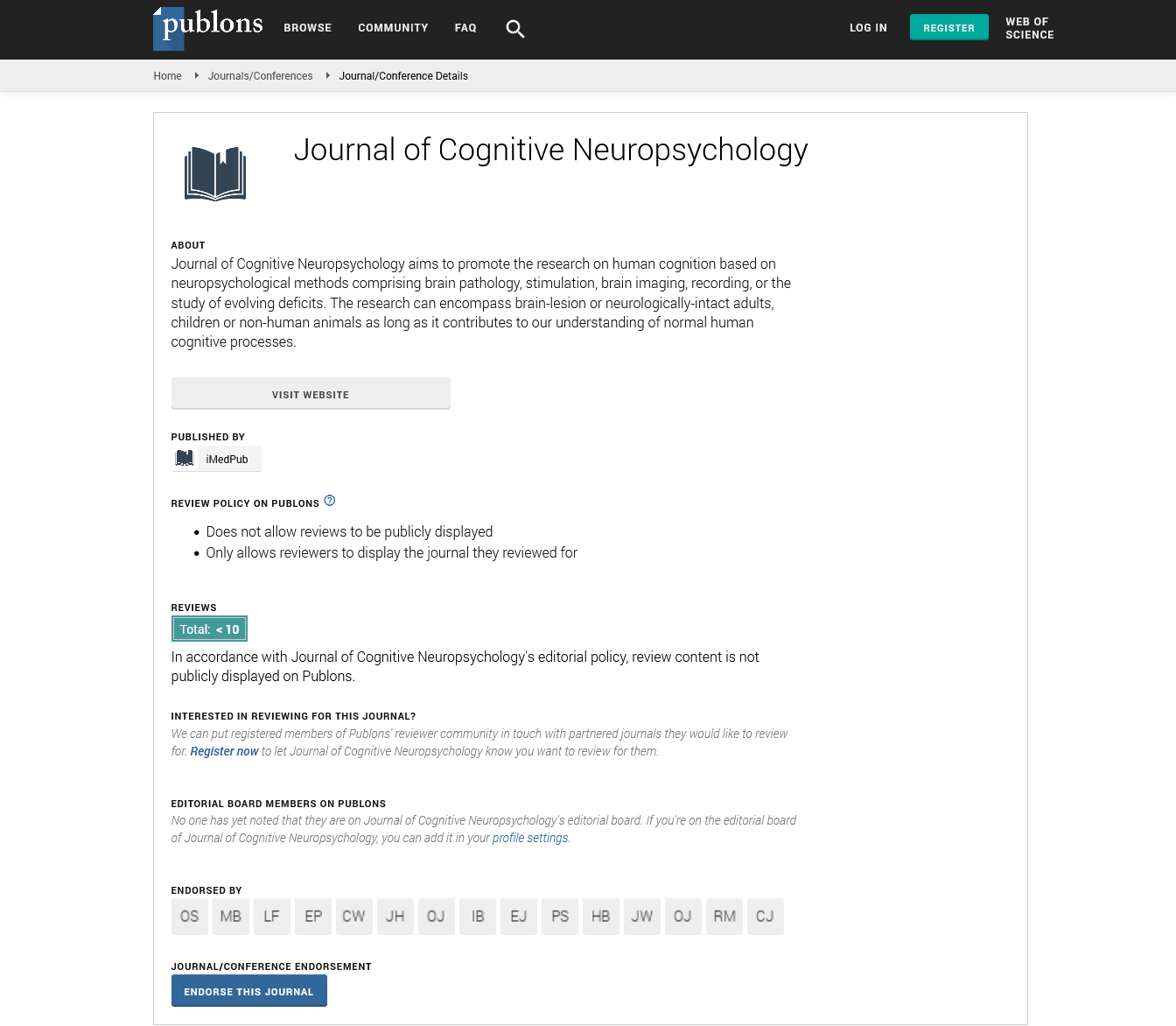Abstract
The comparative phytochemical investigation and in vitro bioactivity studies of two Astrophytum species.
Antioxidants are free radical scavengers used to modulate the consequences of oxidative damage in the human body. Due to safety concerns with synthetic antioxidants, there is a great tendency to substitute them by natural ones. Medicinal plants are considered a hallmark source of natural antioxidants, accredited to their variable bio-active constituents. Astrophytum is a genus of leafless cacti with few reports concerning the chemical composition and biological relevance of its species. Herein, we aimed to investigate the phytochemical composition and the antioxidant-linked biological significance of two Astrophytum species viz; A. myriostigma Lem. and A. ornatum (DC) Britton & Rose. The preliminary phytochemical screening adopting the standard methods showed the presence of carbohydrates and/or glycosides, tannins, flavonoids, sterols, triterpenes, coumarins, and saponins in both species. Each species was separately extracted with 80% aq. MeOH followed by defatting using petroleum ether. The latter was subjected to GLC analysis and the results tentatively identified n-heptadecane as the abundant hydrocarbon (9.00%-9.75%), while tridecanoic (14.03%, A. myriostigma), lauric (15.81%, A. ornatum) and linoleic (4.14%-5.59%) are the dominant saturated and unsaturated fatty acids, respectively. Moreover, the total phenolic and flavonoid contents of the defatted extract were estimated by the Folin-ciocalteau and Aluminum chloride assays, respectively. The analysis indicated that, A. ornatum exhibit higher total phenolic and flavonoid contents (28.74±0.07 mg GAE/g and 20.16±0.04 mg QE/g, respectively) than its counter-species (23.70±0.42 mg GAE/g and 12.03±0.04 mg QE/g, respectively). Moreover, the qualitative investigation of the phytoconstituents was achieved using UPLC-MS/MS which confirm the identification of approximately 20 compounds in both species that are related to various classes of secondary metabolites. Concerning the biological screening, the total extract of A. ornatum showed promising free-radical scavenging (IC50= 289.8 µg/ml), anti-aging (IC50= 60.6 µg/ml), anti-arthritis (IC50= 32.6 µg/ml), anti-diabetic (IC50= 47.8 µg/ml), anti-tuberculosis potential (MIC= 11.94 µg/ml), and anti-helicobacter pylori (MIC= 15.6 µg/ml). In the MTT cytotoxicity screening on panel of cancer cell lines, generally the ornatum treatments being more effective than the myriostigma on all cell lines especially, the HepG-2 cells (IC50=77.8±1.8 µg/ml). Ultimately, A. ornatum displayed superlative biological significance which may be due to both the abundant and the synergistic interactions among its various bioactive constituents that could modulate the consequences of oxidative damage-related disease.
Author(s): Heba Elsayed
Abstract | Full-Text | PDF
Share This Article
Google Scholar citation report
Citations : 8
Journal of Cognitive Neuropsychology received 8 citations as per Google Scholar report
Journal of Cognitive Neuropsychology peer review process verified at publons
Abstracted/Indexed in
- Google Scholar
- Publons
- MIAR
Open Access Journals
- Aquaculture & Veterinary Science
- Chemistry & Chemical Sciences
- Clinical Sciences
- Engineering
- General Science
- Genetics & Molecular Biology
- Health Care & Nursing
- Immunology & Microbiology
- Materials Science
- Mathematics & Physics
- Medical Sciences
- Neurology & Psychiatry
- Oncology & Cancer Science
- Pharmaceutical Sciences
